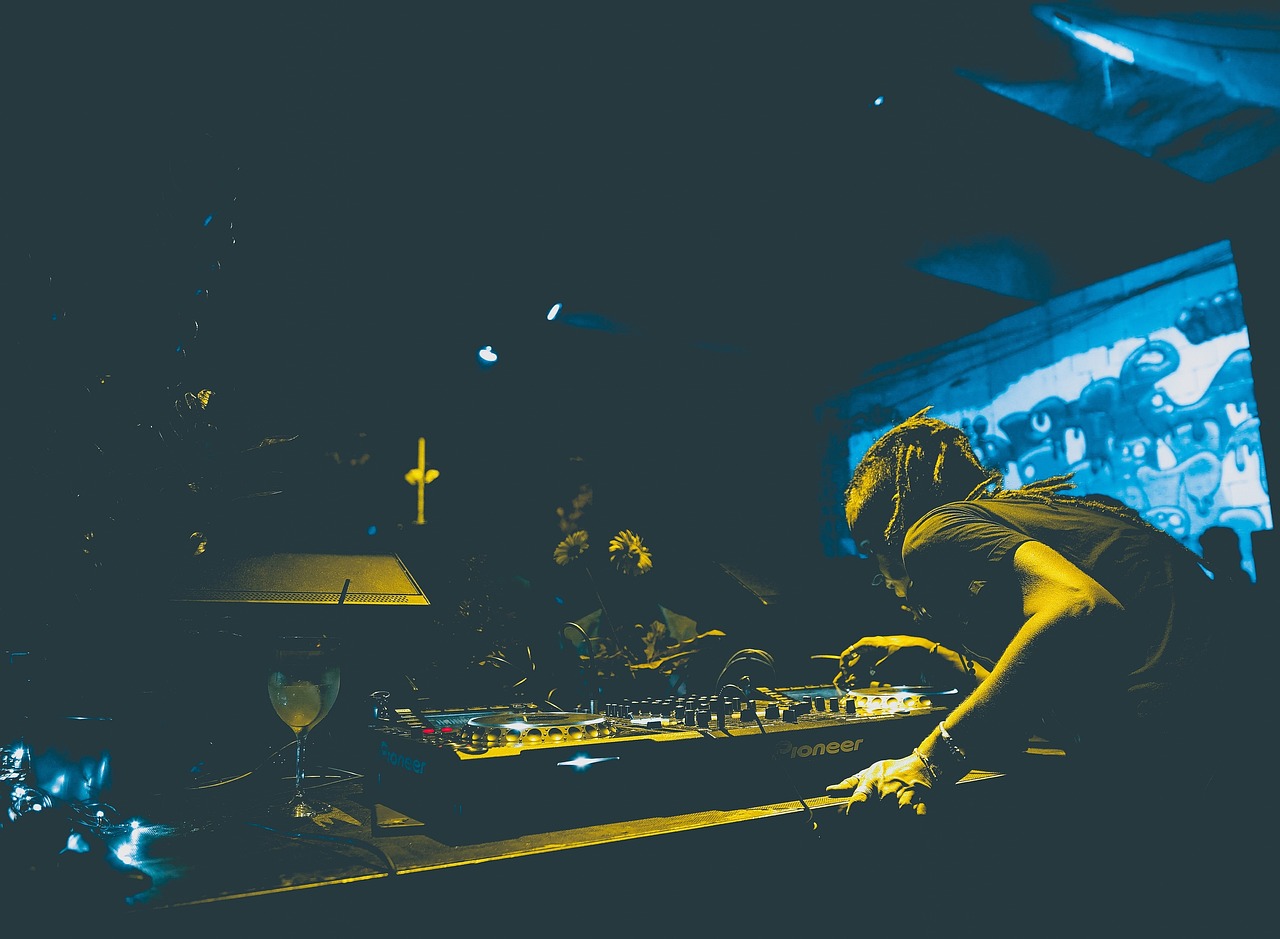The Dominican Republic is a vibrant and diverse country with a growing economy, though it faces challenges related to income inequality and poverty. Its rich cultural heritage, beautiful landscapes, and warm climate continue to attract tourists and investors from around the world.
Here’s some general information about the Dominican Republic:
Population: The Dominican Republic had a population of approximately 10.8 million people (2022). The population growth rate has been steady, with a diverse demographic makeup that includes people of Indigenous, African, and European descent.
Income and Economy: The Dominican Republic has a mixed economy, with sectors such as tourism, manufacturing, agriculture, and services playing significant roles. The country has experienced steady economic growth in recent years, although income inequality remains a challenge.
Gross Domestic Product (GDP): The GDP of the Dominican Republic was estimated to be around $90 billion USD in 2021.
Per Capita Income: The average per capita income in the Dominican Republic is approximately $8,700 USD per year (2024). However, income levels can vary significantly across different regions and socioeconomic groups.
Major Industries
Tourism: Tourism is a key industry in the Dominican Republic, attracting millions of visitors each year to its beaches, resorts, and cultural attractions.
Manufacturing: The manufacturing sector is significant, with industries such as textiles, apparel, food and beverages, and pharmaceuticals contributing to the country’s exports.
Agriculture: Agriculture remains an important sector, with products such as sugar, coffee, cocoa, bananas, and tobacco being major exports.
Demographic Information
Ethnicity: The Dominican Republic is ethnically diverse, with the majority of the population being of mixed race (mestizo), followed by people of European, African, and Indigenous descent.
Religion: The predominant religion in the Dominican Republic is Christianity, with Roman Catholicism being the most widely practiced. There are also Protestant and other Christian denominations present.
Languages: Spanish is the official language of the Dominican Republic and is spoken by the vast majority of the population. Haitian Creole is also spoken, particularly in areas near the border with Haiti.
Age Distribution: The population of the Dominican Republic has a relatively young age structure, with a significant portion of the population being under the age of 30.
Lifestyle in the Dominican Republic
The lifestyle in the Dominican Republic is characterized by a vibrant blend of culture, natural beauty, and a relaxed atmosphere. Here’s how you can describe it:
Rich Cultural Heritage: The Dominican Republic boasts a rich cultural heritage influenced by the fusion of Indigenous Taíno, African, and Spanish cultures. This diversity is evident in the country’s music, dance, art, cuisine, and festivals. Merengue and bachata music are particularly prominent, and lively dance scenes can be found throughout the country.
Warm Climate and Natural Beauty: With its tropical climate, stunning beaches, lush rainforests, and towering mountains, the Dominican Republic offers an abundance of natural beauty. Residents enjoy year-round sunshine and warm temperatures, making outdoor activities such as swimming, snorkeling, hiking, and exploring waterfalls popular pastimes.
Relaxed Pace of Life: Life in the Dominican Republic tends to move at a slower, more relaxed pace compared to some other countries. This laid-back atmosphere is reflected in the “manana” attitude, where things may not always happen on a strict schedule. Residents often prioritize spending time with family and friends, enjoying leisurely meals, and savoring life’s simple pleasures.
Strong Sense of Community: Dominican society places a high value on relationships and community. Family ties are strong, and extended families often live in close proximity, providing a support network for individuals. Community events, celebrations, and gatherings are common, fostering a sense of belonging and camaraderie among residents.
Culinary Delights: Dominican cuisine is a delicious reflection of the country’s cultural diversity and abundant natural resources. Staple ingredients such as rice, beans, plantains, and seafood are used to create flavorful dishes like mangu (mashed plantains), sancocho (hearty stew), and tostones (fried plantains). Street food vendors offer an array of tasty snacks, and fresh fruits like mangoes, papayas, and pineapples are abundant.
Economic Disparities: While the Dominican Republic is known for its beauty and hospitality, it also grapples with socioeconomic challenges, including poverty and inequality. Rural areas may lack access to basic services and infrastructure, while urban centers experience issues such as traffic congestion and pollution.
The lifestyle in the Dominican Republic is characterized by a colorful tapestry of culture, natural wonders, and a relaxed pace of life, making it an appealing destination for residents and visitors alike. Depending on the region, the lifestyle can be very different as you can see here:
Santo Domingo (Capital City)
Urban Lifestyle: Santo Domingo offers a bustling urban lifestyle with a mix of modern amenities and historical charm. The city is home to vibrant neighborhoods, upscale shopping centers, restaurants, and nightlife.
Cultural Hub: As the capital city, Santo Domingo is a cultural hub with numerous museums, theaters, and art galleries. Residents have access to a wide range of cultural events and entertainment options.
Business Center: Santo Domingo serves as the economic and financial center of the country, with many businesses, corporate offices, and job opportunities concentrated in the city.
Puerto Plata (North Coast)
Beach Lifestyle: Puerto Plata and the surrounding areas along the North Coast offer a laid-back beach lifestyle. Residents and tourists enjoy sunny weather, beautiful beaches, and water activities such as snorkeling, diving, and sailing.
Tourism and Hospitality: Tourism is a major industry in Puerto Plata, with resorts, hotels, and restaurants catering to visitors from around the world. Residents may find employment opportunities in the tourism and hospitality sector.
Expat Community: The North Coast, including towns like Sosua and Cabarete, has a significant expatriate community. Many foreigners choose to retire or live part-time in this area, contributing to its diverse cultural landscape.
Punta Cana (East Coast)
Resort Lifestyle: Punta Cana is renowned for its luxurious resorts, golf courses, and pristine beaches. The lifestyle here revolves around relaxation, pampering, and indulgence, with residents and tourists enjoying upscale amenities and services.
Tourism Industry: Punta Cana is a major tourist destination, attracting visitors from all over the world. The local economy is heavily reliant on tourism, with many residents working in hotels, restaurants, and tour companies.
Expatriate Enclaves: Similar to the North Coast, Punta Cana has a significant expatriate population, particularly in gated communities and expat-friendly neighborhoods. Foreigners may find a supportive community and amenities tailored to their needs.
Santiago (Cibao Region)
Cultural Diversity: Santiago, located in the Cibao region, is known for its cultural diversity and lively atmosphere. The city hosts annual festivals, music concerts, and cultural events that celebrate Dominican traditions and heritage.
Educational Hub: Santiago is home to several universities and educational institutions, making it a hub for students and academics. The city has a vibrant intellectual community and offers opportunities for higher education and research.
Agribusiness Center: The Cibao region is known for its agriculture and agribusiness, with Santiago serving as a commercial and distribution center for agricultural products. Residents may find employment opportunities in farming, agro-industry, and related sectors.
These are just a few examples of the diverse lifestyles you can find in different regions of the Dominican Republic. Whether you prefer the urban excitement of Santo Domingo, the beachfront relaxation of Puerto Plata and Punta Cana, or the cultural vibrancy of Santiago, there’s something for everyone in this beautiful Caribbean nation.



